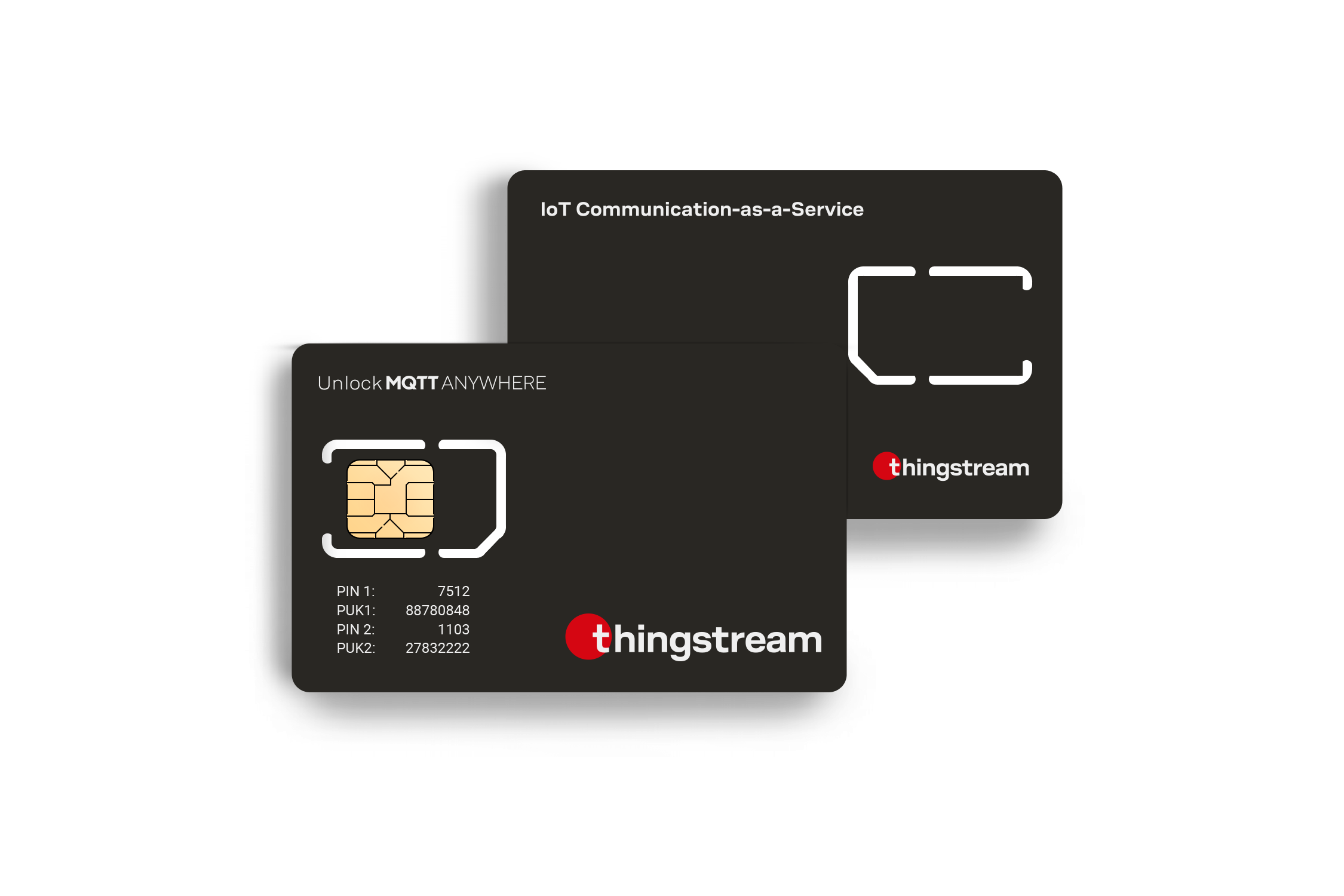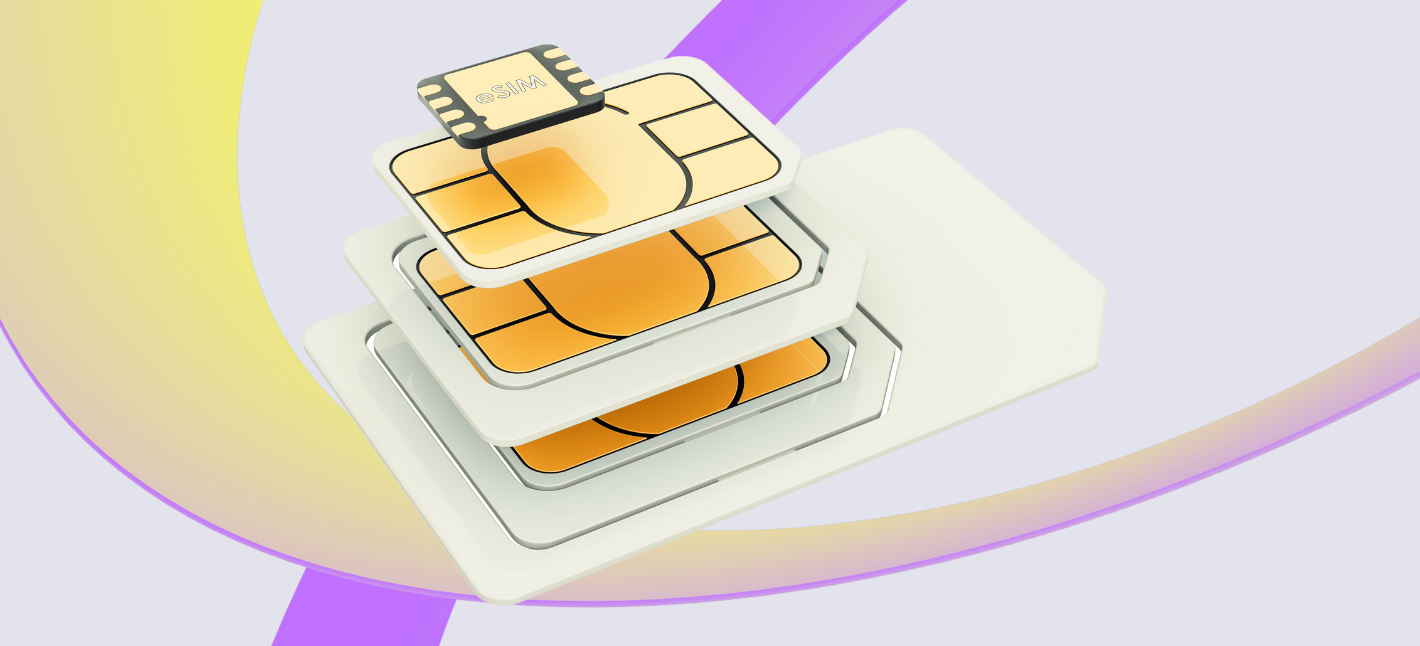M2M IoT Connectivity Best IoT Connectivity Management Software
M2M IoT Connectivity Best IoT Connectivity Management Software
Blog Article
Internet Connectivity In IoT Understanding the Internet of Things
The evolution of smart homes has reworked the way we interact with our dwelling spaces. At the core of this transformation lies the need for effective IoT connectivity options. These options combine varied gadgets, enabling seamless communication and automation, making life extra handy and environment friendly.
IoT, or the Internet of Things, refers back to the interconnected network of devices that talk over the web. For smart properties, this implies appliances, security systems, heating and cooling models, and even lighting may be managed remotely and work in conjunction with one another. Selecting the most effective IoT connectivity solutions is thus important for making certain optimal performance and a cohesive smart home expertise.
Long Range IoT Connectivity Quick Overview of IoT Connectivity Types
Firstly, Wi-Fi stays a dominant choice for connecting smart residence units. Its widespread availability and compatibility with almost all smart units make it an accessible option. High-speed internet connections improve the functionality of smart units, allowing them to function smoothly. However, because the number of units in a home will increase, competition for bandwidth could result in connectivity points.
Zigbee is another distinguished connectivity solution, significantly favored for its low power consumption and mesh networking capabilities. This protocol allows devices to communicate with each other immediately, enhancing reliability and vary. Zigbee units type a mesh network, which means that they can relay messages to and from each other. This is particularly helpful for larger properties where Wi-Fi indicators might wrestle to cowl every area.
Mobile Data Connectivity For IoT Importance of Connectivity in IoT
Z-Wave serves as an alternative to Zigbee with similar benefits but some distinct variations. Z-Wave’s focus on house automation ensures that units from varied producers can coalesce into a unified network. The technology is designed primarily for smart house units, making it extremely specialised. Moreover, while Zigbee operates on the 2.4 GHz frequency, Z-Wave utilizes lower frequencies, which may present better penetration through walls and other obstacles.
Bluetooth is usually used for short-range gadget communication. Its low energy consumption is good for gadgets that don't require continuous connectivity. Many smart house products, similar to smart audio system and lights, make the most of Bluetooth, permitting for straightforward pairing and use. However, its limitations in vary imply it's usually not appropriate as a spine for a whole smart house system.
LPWAN, short for Low Power Wide Area Network, caters to devices that require long-range communication while consuming less power. Technologies like LoRa and Sigfox fall underneath this class. These networks are significantly advantageous for sensors and gadgets unfold out over massive areas. In smart houses, they can be utilized for environmental monitoring methods that monitor temperature, humidity, or air quality.
Nb-IoT Connectivity Growth of Connected IoT Devices
Cellular networks present an different choice for connecting smart units, notably in areas where Wi-Fi isn’t reliable. Cellular technology permits devices to attach on to cellular networks, which can be useful for homes in distant areas. While usually more expensive than different options, the reliability and coverage of cellular networks make it a worthy consideration.
The integration of multiple connectivity solutions is key for reaching an adaptable smart house. A hybrid system that combines Wi-Fi, Zigbee, Z-Wave, and Bluetooth can successfully address varied wants within a wise home. This method ensures that units can communicate successfully, regardless of their particular person requirements or limitations.
Security must be a main concern when deciding on IoT connectivity solutions. Each protocol comes with its personal set of vulnerabilities, and as smart houses become extra prevalent, the potential for cyber threats increases. Manufacturers prioritize try this site securing connections by way of encryption and regular updates, however customers should also take proactive measures, similar to altering default passwords and organising two-factor authentication.

Interoperability remains a major problem within the space of smart home connectivity. Different manufacturers often use proprietary technologies, leading to compatibility issues. Solutions that prioritize open standards are increasingly most popular, as they permit for seamless integration of units from numerous producers. This flexibility allows customers to customise their smart house methods with out being locked into a single brand.
Vodafone Managed IoT Connectivity Platform Understanding the Internet of Things
In addition to enhancing connectivity between devices, IoT solutions should additionally focus on consumer experiences. The control interfaces provided by manufacturers, whether or not via cellular apps or internet platforms, ought to be intuitive and user-friendly. Consumers ought to have the ability to easily handle and automate their gadgets without extensive coaching or technical know-how.
Cloud-based options are an indispensable element of modern smart properties. They present centralized management, data analytics, and distant access capabilities. By utilizing cloud companies, users can control their smart properties from anyplace in the world. This is especially helpful for security monitoring and adjusting residence settings whereas away, ensuring peace of thoughts.
As smart house technology continues to evolve, it holds the potential to considerably scale back energy consumption. IoT gadgets could be programmed to operate throughout off-peak hours or regulate settings primarily based on real-time knowledge, such as electrical energy rates. This not solely reduces costs for owners but additionally contributes positively to environmental sustainability.
IoT Connectivity Types Enabling Internet of Things Connectivity
Looking into the longer term, the demand for extra advanced and environment friendly IoT connectivity solutions will solely develop. As consumer consciousness and adoption of smart technologies increase, the main target will shift towards creating extra integrated ecosystems. Innovations like synthetic intelligence and machine learning can further improve the functionality of smart houses, enabling gadgets to be taught user preferences and automate processes dynamically.
The improvement of 5G expertise is set to revolutionize smart house connectivity. Its larger speeds and lower latency can expand the chances for real-time information transmission and control. With this development, gadgets can communicate instantaneously, paving the means in which for extra complex and interdependent methods.

In conclusion, because the landscape of smart homes continues to expand, exploring one of the best IoT connectivity options turns into essential. Each expertise provides unique advantages and challenges, and the optimum resolution typically involves a mix of several. Understanding the nuances of each protocol allows owners to create methods tailored to their particular wants, ultimately resulting in extra efficient, secure, and gratifying dwelling spaces.
- Wide Area Networks (WAN) facilitate long-range connectivity, guaranteeing that smart units talk successfully throughout larger properties or neighborhoods.
- Low Power Wide Area Networks (LPWAN) are excellent for connecting battery-operated units, providing prolonged battery life and longer transmission distances while sustaining low costs.
- Wi-Fi 6 expertise enhances smart home techniques' efficiency by supporting multiple units simultaneously, guaranteeing seamless connectivity without latency issues.
- Bluetooth Mesh Networks improve the vary of Bluetooth units, allowing for a extremely efficient communication community among smart gadgets throughout the house.
- Zigbee is an energy-efficient protocol designed particularly for smart home units, offering strong security features and simple integration with various platforms.
- Thread know-how creates a scalable, resilient network for related gadgets, making certain low energy consumption while additionally supporting direct, secure communication.
- Cellular IoT solutions present reliable connectivity with out depending on native infrastructure, making them invaluable for distant monitoring and control of smart house gadgets.
- Satellite connectivity can serve areas with limited floor network coverage, facilitating smart home solutions in rural or isolated areas.
- Hybrid connectivity approaches mix multiple technologies to ensure uninterrupted service, optimizing efficiency primarily based on the home's particular requirements and format.
- Edge computing capabilities in smart residence ecosystems enhance knowledge processing pace and reduce latency, allowing for smarter and extra responsive gadget interactions.undefinedWhat are the top IoT connectivity solutions out there for smart homes?
Managed IoT Connectivity Services Beginner's Guide to IoT

The greatest IoT connectivity solutions for smart properties embody Wi-Fi, Zigbee, Z-Wave, Thread, and LoRa. Each of those technologies offers distinctive advantages depending on factors like range, energy consumption, and system compatibility.
How do I choose the most effective connectivity answer for my smart home devices?
IoT Connectivity Types Future of IoT Technology Connectivity
Consider factors just like the types of units you should connect, the range required, and energy consumption. Wi-Fi is commonly best for high-bandwidth functions, while Zigbee and Z-Wave are perfect for low-power units over short distances.
Is Wi-Fi a good option for all smart residence devices?
Mobile Data Connectivity For IoT Overview of IoT Connectivity
While Wi-Fi supplies high bandwidth, it could devour more energy and is probably not suitable for all low-power IoT gadgets (Connectivity Management IoT). For smaller gadgets like sensors, Zigbee or Z-Wave could be extra efficient.
What is the difference between Zigbee and Z-Wave?
Zigbee operates on 2.4 GHz and has a larger number of appropriate gadgets, whereas Z-Wave makes use of sub-GHz frequencies, allowing for better penetration through walls. Both are nice for low-power, low-bandwidth functions.
Mobile Data Connectivity For IoT Comparison Guide for IoT Connectivity
Can I integrate a quantity of connectivity solutions in my smart home?
Yes, many smart home ecosystems enable integration of multiple protocols. Using a smart hub may help manage devices that function on totally different connectivity standards seamlessly.
IoT Connectivity Definition Services and Solutions for IoT Connectivity
How secure are these IoT connectivity solutions?
Security ranges vary by know-how. Zigbee and Z-Wave use encryption to secure information transmission, while Wi-Fi safety is dependent upon your router settings. Regularly updating firmware can help improve security for all units.
IoT Connectivity Policy Best IoT Connectivity Management Software
What is the position of a wise hub in IoT connectivity?
- IoT Connectivity Companies
A smart hub centralizes management of assorted smart residence gadgets, allowing them to communicate and work together even when they use different connectivity protocols. It simplifies automation and administration.
Are there any prices associated with implementing these solutions?
Connectivity Management IoT Enabling Internet of Things Connectivity
Costs can range tremendously based mostly on the know-how chosen and the number of gadgets. Initial setup prices could embrace purchasing appropriate gadgets, smart hubs, and ongoing energy expenses.
How do I ensure my gadgets stay compatible as expertise evolves?
Opt for gadgets that comply with my sources open standards and are regularly updated. Using a extensively known brand or a wise home platform that prioritizes compatibility can even help scale back future compatibility issues.
Report this page